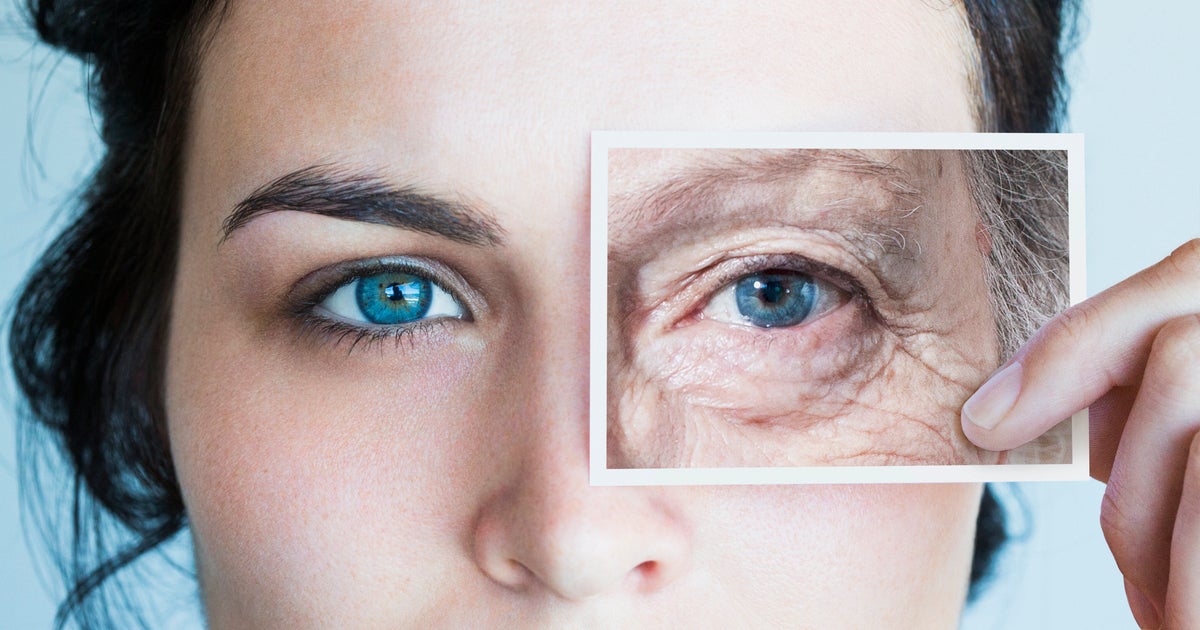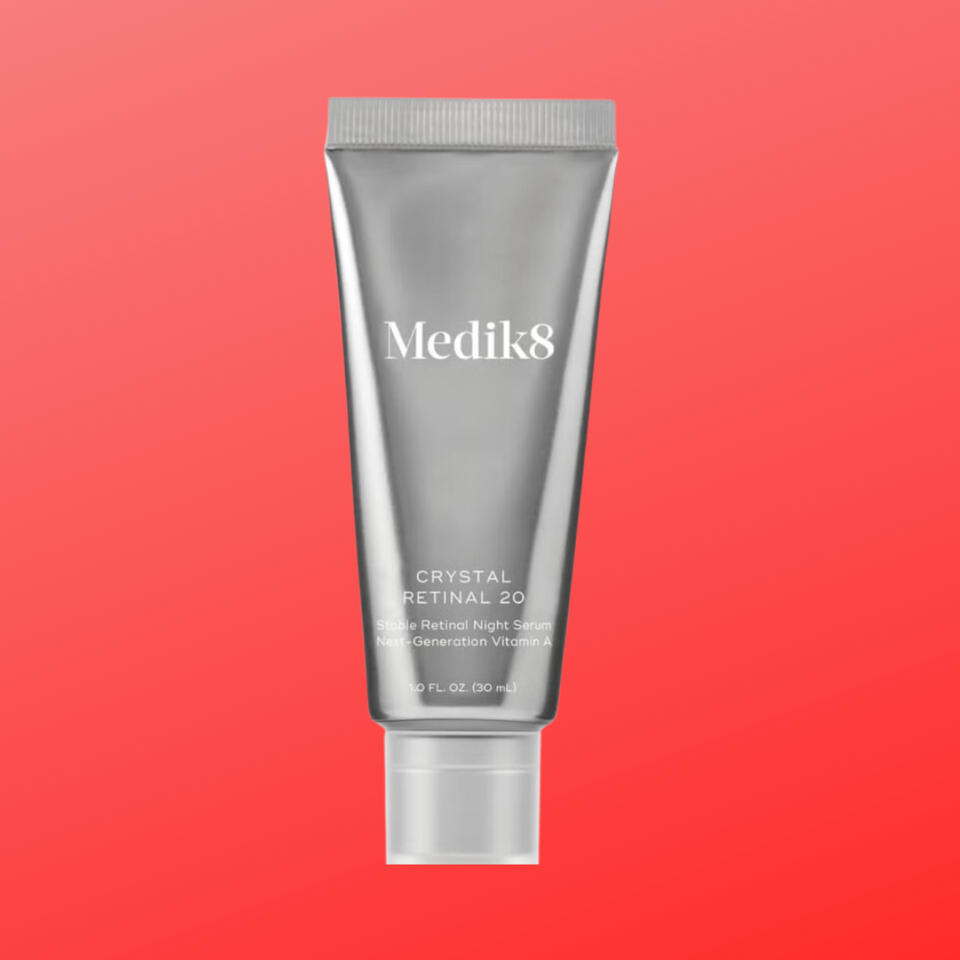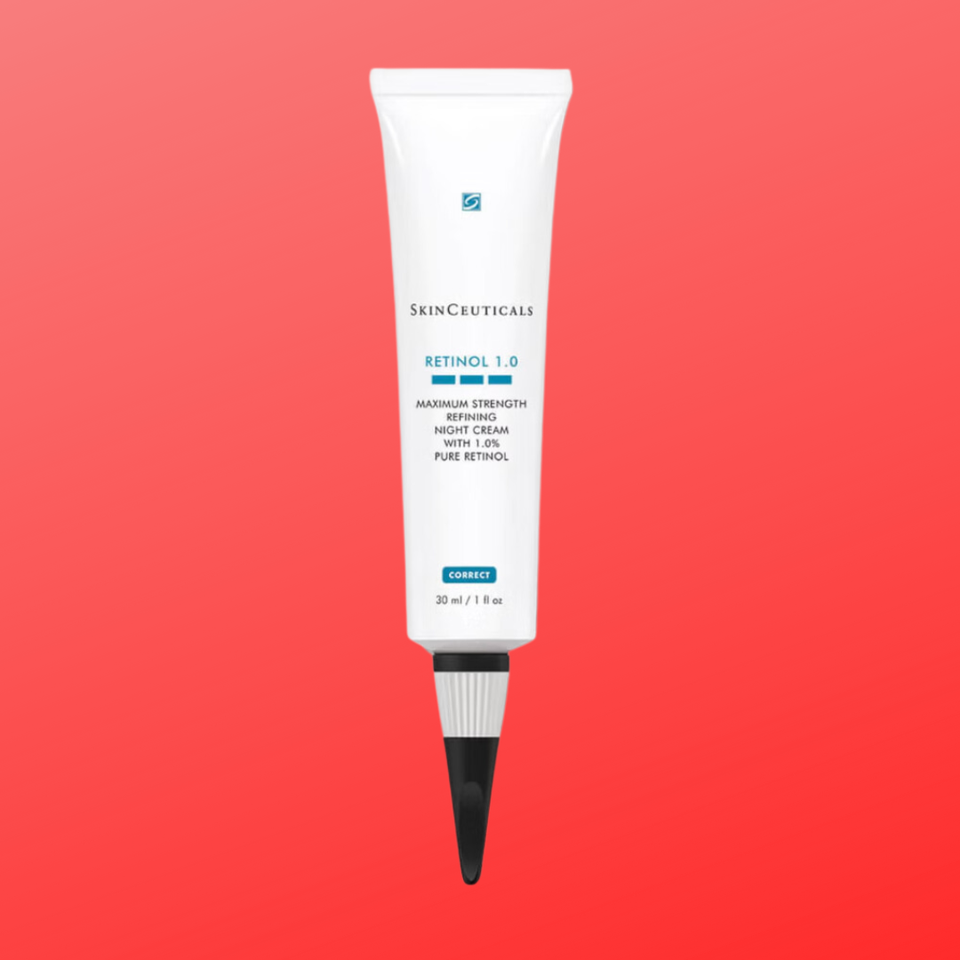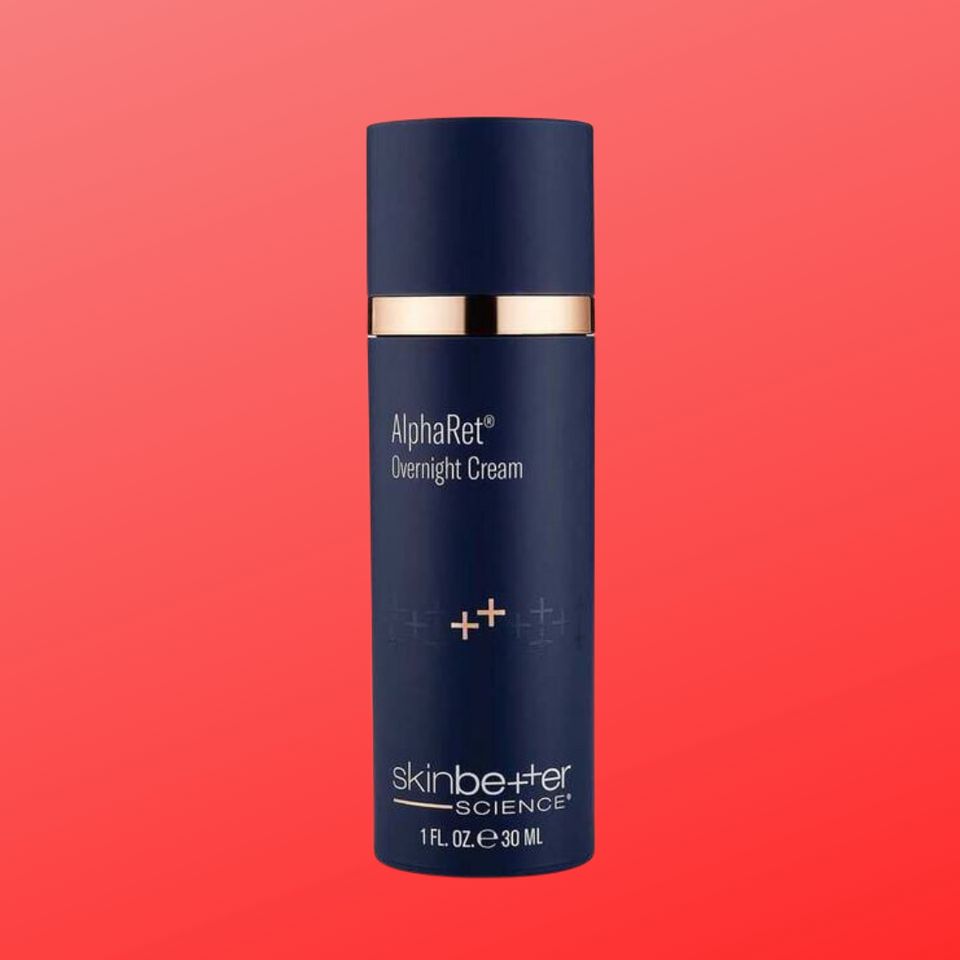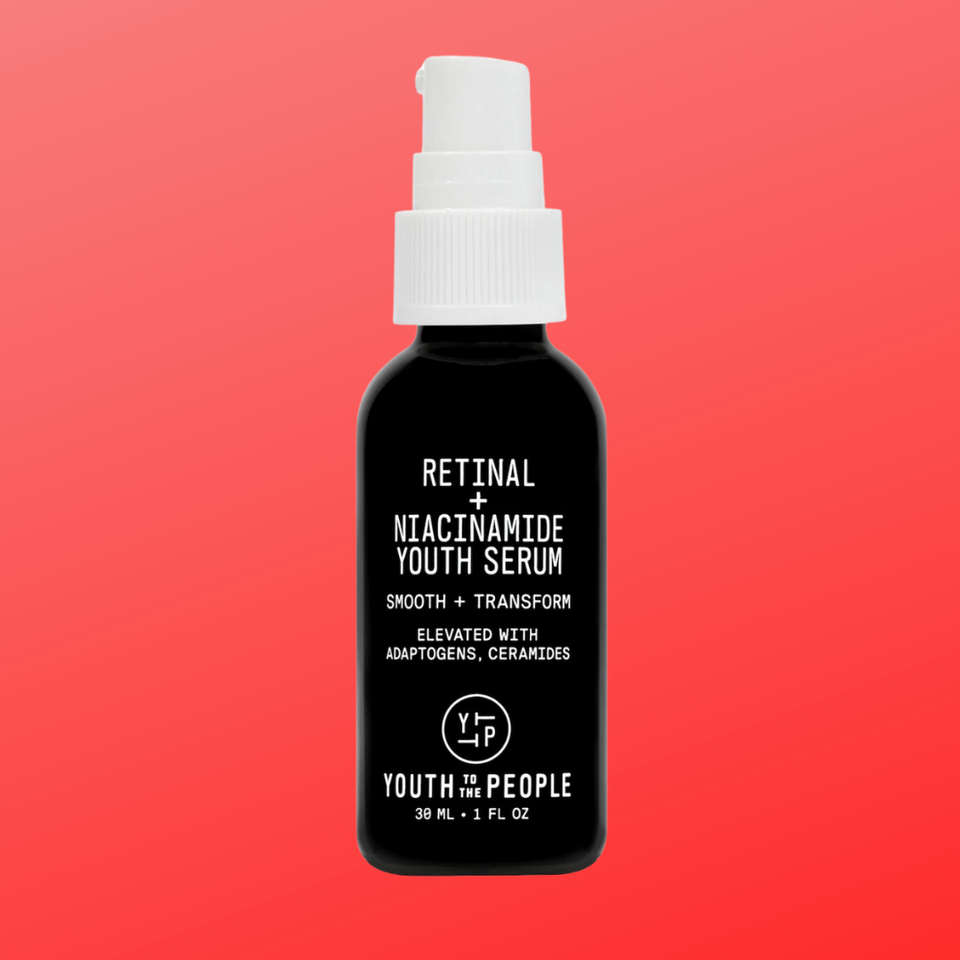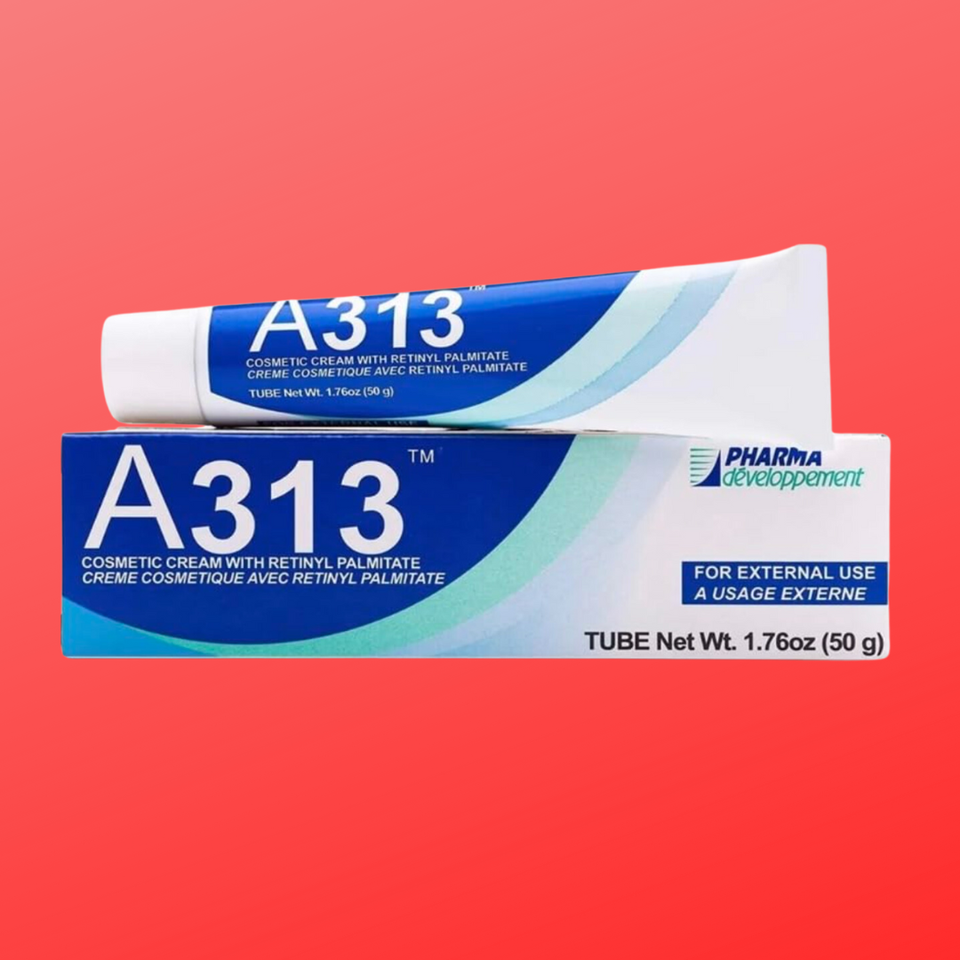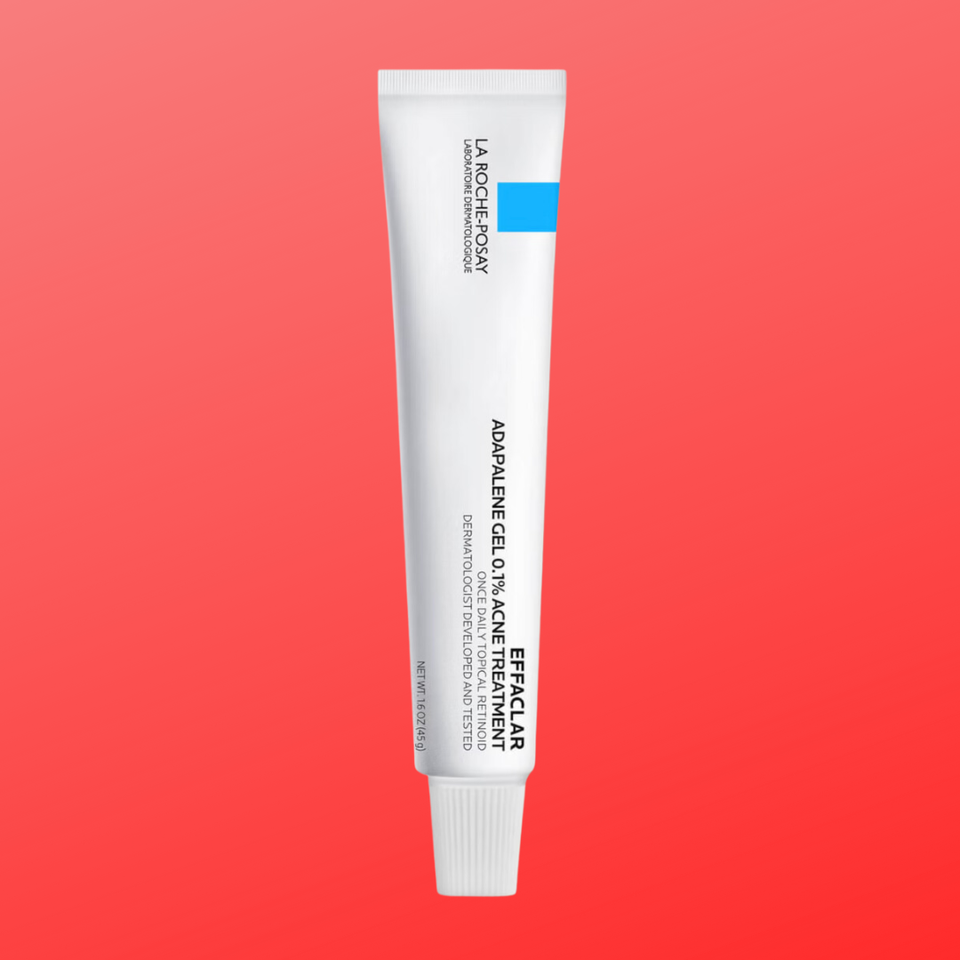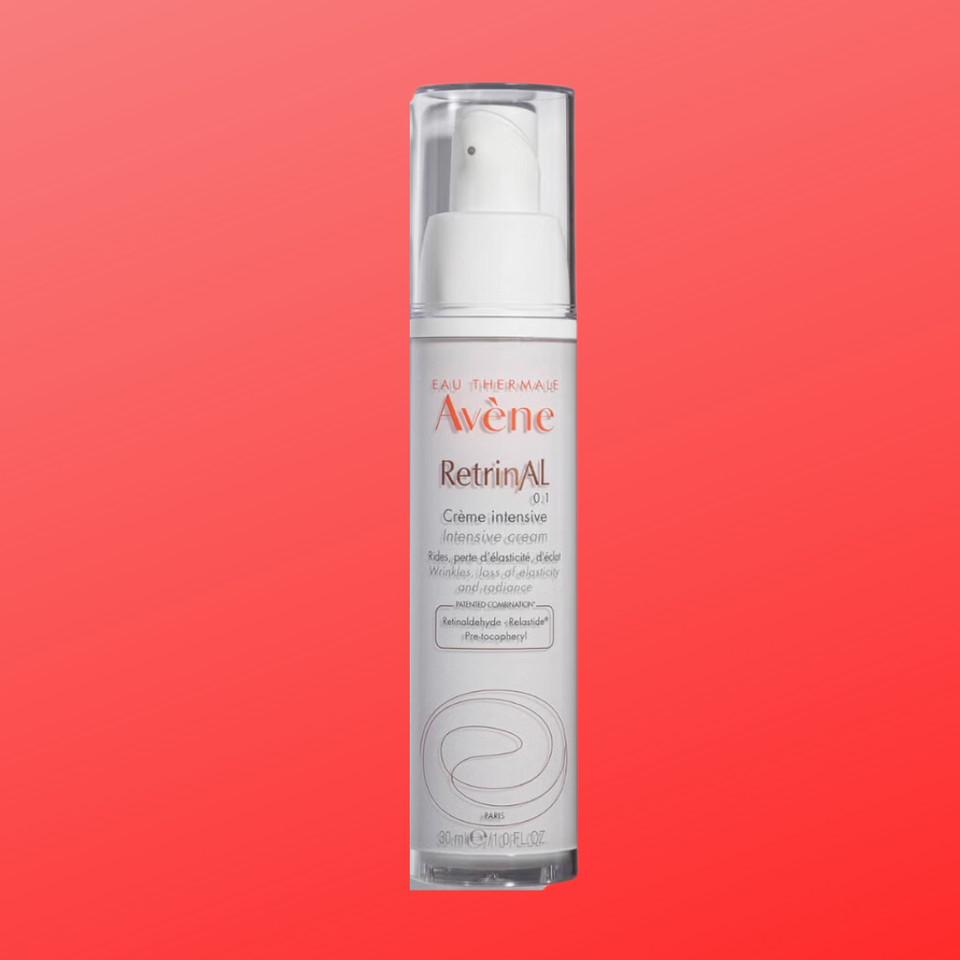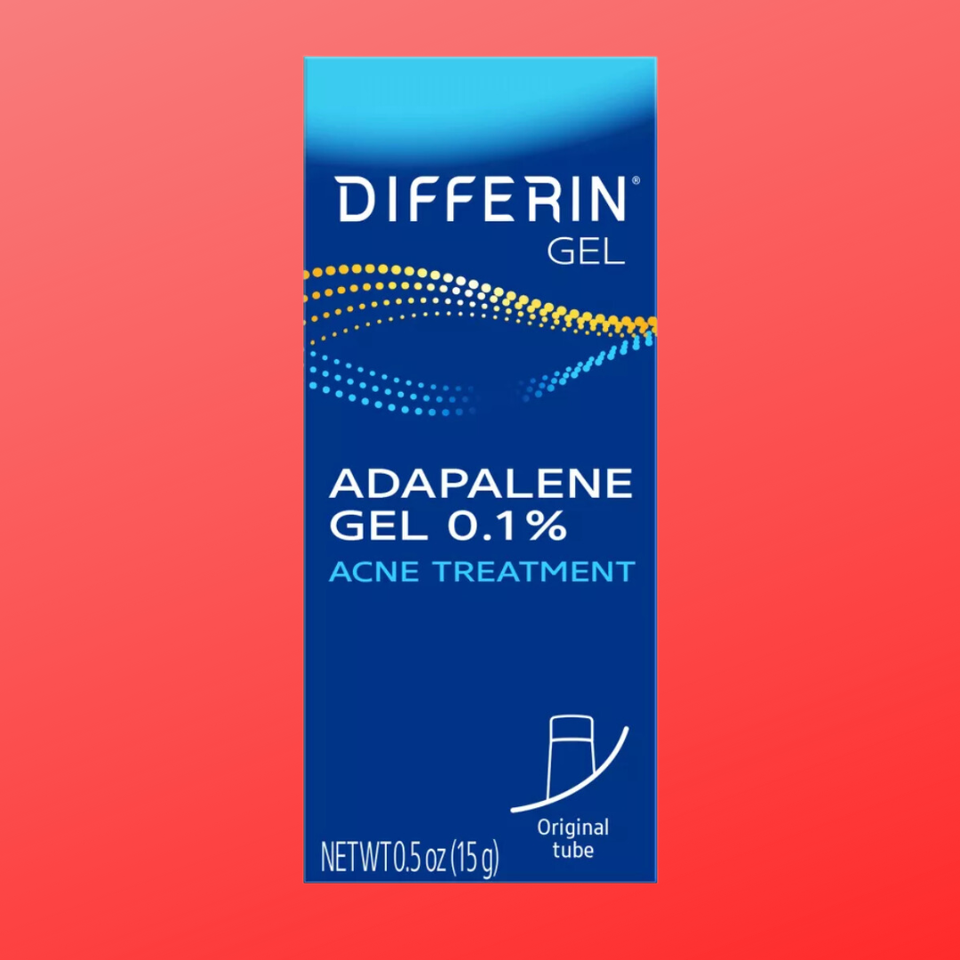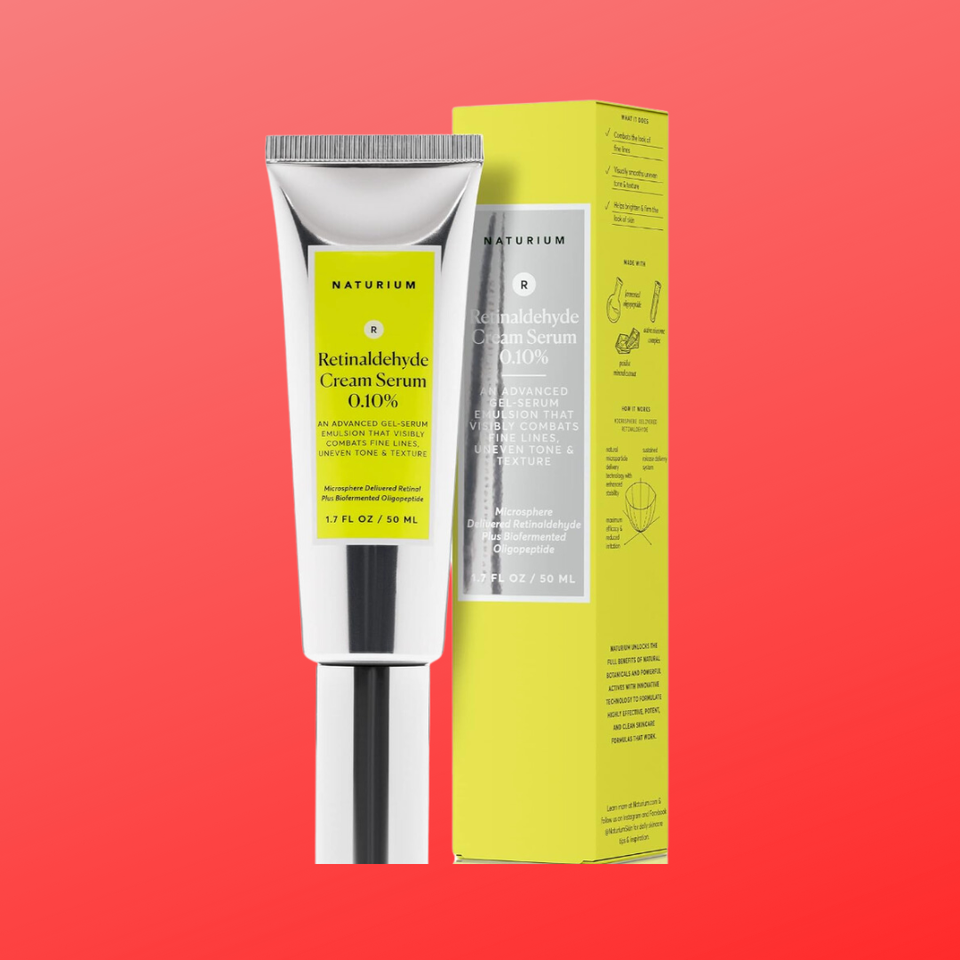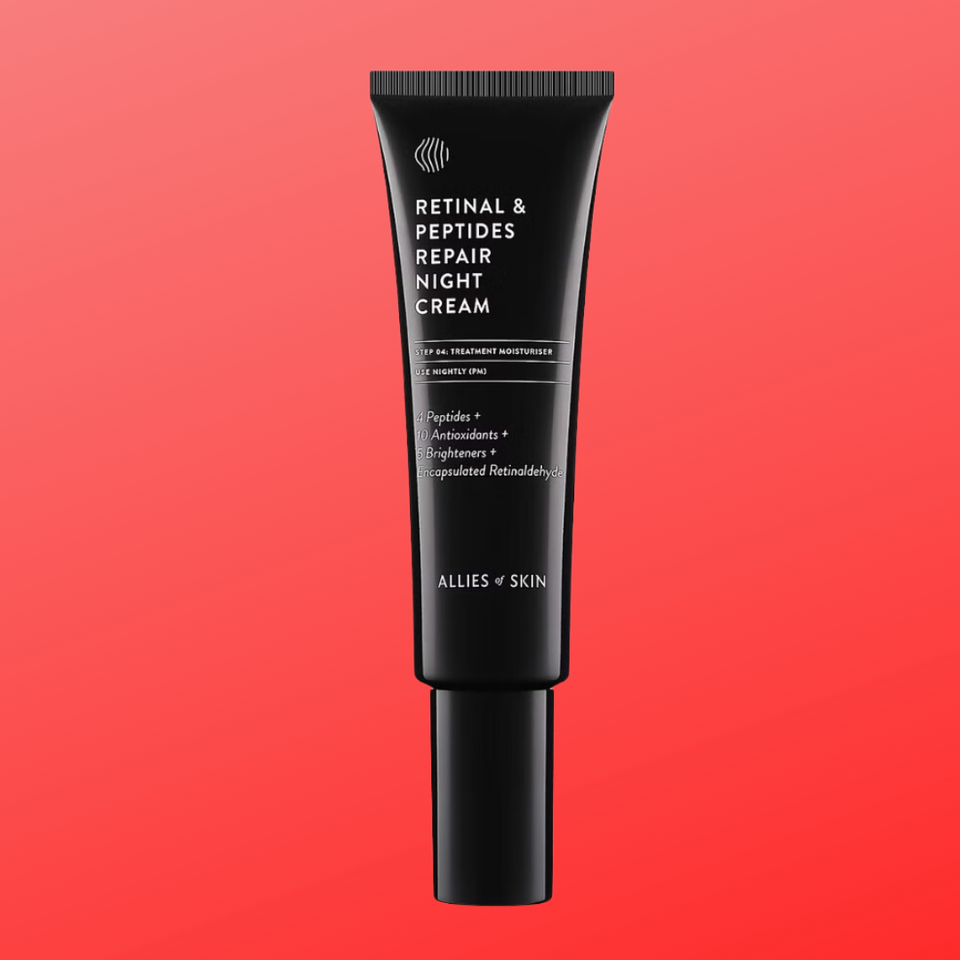Retinol is the gold standard of anti-aging topical skin care — it’s used to promote cell turnover and enhance the production of collagen, which helps with issues like fine lines, hyperpigmentation and acne. But it’s not for everyone. If you have sensitive, eczema-prone or rosacea-prone skin; are pregnant or breastfeeding; or have a preference toward natural or organic skin care, you may be better served by a retinol alternative.
“Traditional retinol is made with vitamin A and helps accelerate cell turnover as well as collagen production but can cause irritation in sensitive skin types,” said Dr. Jeannette Graf, a board-certified dermatologist and assistant clinical professor of dermatology at Mt. Sinai School of Medicine. “Retinol alternatives have different ingredients such as bakuchiol, peptides, azelaic acid and alpha hydroxy acids, which, when combined, can [have] the same effect as traditional retinol without causing any irritation or redness.”
The good news is that there are tons of retinol alternatives on the market, and some of them can yield similar results to the OG chemical with few to none of the side effects. The bad news? The sheer number of alternatives is overwhelming, and it’s tough to parse out the most effective subs from the more questionable ones. Plus, “retinol alternatives” seems to be a bit of a loosely defined term, and dermatologists feel not every ingredient that is marketed as such truly qualifies.
“Retinol alternatives” fall into two buckets, explained Dr. Robyn Gmyrek, a board-certified dermatologist and assistant clinical professor of dermatology at Columbia University. First are those that are not derived from vitamin A, “but still bind to the retinoic acid receptors and function like retinoids” (for example: bakuchiol). The second bucket includes ingredients that “actually have nothing to do with vitamin A or retinoic acid receptors” and are “just called retinol alternatives because they can stimulate collagen” (like niacinamide).
Dermatologists have mixed opinions on whether it’s appropriate to classify the second type as a true retinol alternative, and which ingredients even fall into the category if so. Still, if you’re venturing into the world of retinol alternatives, these are the major players to know:
Bakuchiol
If we’re assessing how well an ingredient fits the term “retinol alternative,” bakuchiol is the undisputed A+ student. The babchi plant-derived extract “stimulates collagen in the skin by the same DNA pathways as retinol, leading to improved collagen production, decreased collagen breakdown and reduction of melanin (pigment) synthesis,” Gmyrek said. “Similar to retinol, it improves fine lines, wrinkles and pigmentation. Bakuchiol is also antioxidant-rich, preventing oxidative damage and exerting anti-inflammatory effects.”
“It is reported in studies to be as effective as a retinol and even less irritating to the skin, though twice daily use is needed, and it may take a bit longer to see results,” she added.
Check out our full explainer for a list of products containing bakuchiol.
Rambutan
“Rambutan is a great retinol alternative,” said board-certified dermatologist and Mohs surgeon Dr. Dendy Engelman. Rambutan is a tropical fruit native to Southeast Asia. “It shares many skin care benefits with retinol, including promoting cell turnover and collagen production; addressing lines, wrinkles, hyperpigmentation and other aging signs; fighting free radical damage; and protecting the skin against oxidative stress without causing irritation or purging. As a bonus, rambutan is also hydrating.”
Graf added: “This natural ingredient will act practically the same [as retinol] and show the same benefits, as it has antioxidants that will also help nourish your skin.”
However, Gmyrek noted, “more studies need to be done to determine if it truly stimulates collagen and elastin.”

Wolfgang Kaehler via Getty Images
Peptides
“Peptides are short chains of amino acids that are the building blocks of certain proteins needed by the skin, like collagen and elastin,” Gmyrek said.
“Working by signaling the skin to produce more collagen, peptides can help reduce the appearance of fine lines and wrinkles,” Engelman said. “Unlike retinol, peptides do not promote cell turnover but instead focus on strengthening the skin’s structure.”
As a result, peptides “will have similar effects [to retinol] but work differently,” Graf concluded.
Azelaic acid
“Azelaic acid is another pregnancy-safe alternative, which is especially great for those with eczema, hyperpigmentation and rosacea. It works to prevent hyperpigmentation and reduce inflammatory effects such as redness and swelling,” Engelman said of the naturally occurring acid found in grains.
“Azelaic acid works to eradicate the bacteria that causes acne, supporting pore health. It is also excellent for brightening the skin and evening out skin tone.”
However, you shouldn’t expect results that are duplicative of what retinol would do. “This ingredient won’t necessarily fight signs of aging and fine lines but will help fight acne and hyperpigmentation,” Graf explained.
Niacinamide
This form of vitamin B can be made synthetically or derived from natural sources. “[It] increases collagen production,” Gmyrek said, “and thus leads to improvement of fine lines and wrinkles.”
“Niacinamide is generally tolerated by all skin types and is known for its oil-regulating and anti-inflammatory properties. Niacinamide is a great tool for balancing sebum production and proactively minimizing acne breakouts,” explained Engelman. “In contrast, retinol is often used as a stronger option for acne when the skin requires a powerful exfoliating agent.”
“In my clinical experience, I believe it does a lot of what retinol does,” noted Gmrek, “but I do not see results in my patients that are as impressive as retinol. I recommend it for [patients with very sensitive skin] who cannot tolerate retinols.”
Graf added that while niacinamide “is a great ingredient to have in your skin care routine as it will brighten your skin while offering anti-inflammatory benefits… [it] should not be used as a replacement for retinol.”
Check out our full explainer for a list of products containing niacinamide.
Alpha hydroxy acids (AHAs)
These can attain some of the powers of retinol, but not all of them.
“AHAs, such as glycolic and lactic acids, are chemical exfoliants that remove dead skin cells and promote a brighter complexion,” explained Engelman. “They improve skin texture, tone and hydration, making the complexion look more radiant and smooth. Unlike retinol, which promotes cell turnover, AHAs focus on exfoliation and improving the skin’s surface clarity.”
Vitamin C
“Vitamin C is the most abundant antioxidant in human skin,” Gmyrek said. “Vitamin C has been proven to lighten unwanted pigmentation, stimulate collagen synthesis, have antioxidant abilities, and protect against skin cancer. So, it addresses the same issues as retinol.”
Still, Graf clarified, “it should not be used as a substitute for an anti-aging product.”
“I recommend incorporating both ingredients into your skin care routine, but it’s important to note that they should never be used at the same time, as they can be irritating to the skin,” Engelman added. “Instead, I suggest using vitamin C during the day, and retinol at night.”
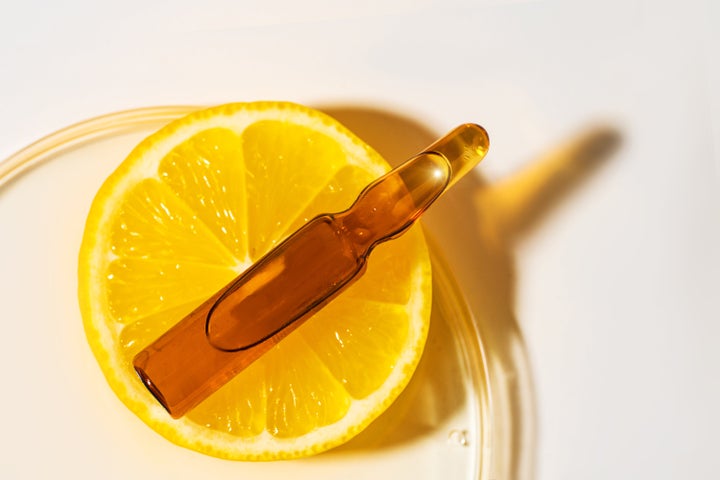
Iryna Veklich via Getty Images
NovoRetin
This plant-based alternative “helps to retain naturally occurring retinoic acid in the skin by inhibiting its breakdown,” explained Gmyrek.
“[It] offers anti-aging benefits by attracting moisture to the skin barrier,” added Engelman. “It boosts the skin’s natural production of hyaluronic acid, enhancing the hydration for a more youthful appearance. This is a great alternative for those who are acne-prone since it also regulates sebum production.”
While “this ingredient will help fight signs of aging,” added Graf, it “might not be as effective long-term.”
HYPSKIN
“HYPSKIN is a bioactive ingredient with skin renewal benefits, targeting concerns such as texture, firmness, fine lines and wrinkles,” Engelman said of the marine algae-derived ingredient. “It’s also anti-inflammatory and light stable, making it a gentler alternative to retinol.”
However, “it has a lower dosage than traditional retinol, so while you will see improvement in skin texture, its efficacy will not be the same,” noted Graf.
RetinART
“RetinART is a marine bio-retinol formulation that claims to provide similar advantages of retinol including anti-aging and acne reduction but without the irritation. Based on microalgae, RetinART encourages cell renewal. It is also sun-safe,” said Engelman.
Still, Graf added, “its long-term effects will also not be as promising as its traditional counterpart.”
Retinaurel
This natural ingredient is “a 5% retinal formulated with glycerin for hydration,” explained Gmyrek, who noted it “increases skin elasticity, cell turnover and dermal thickness, and [it] protects against free radical damage.”
“Due to this ingredient being a blend that contains vitamin A, it will mimic the effects [of retinol], making it a great alternative,” noted Graf.
Fibroquin
The pro-collagen molecule “is not reported to be a retinoid, but it claims to act like one by [promoting] the skin’s fibroblast health in order to maintain levels of collagen production in the skin with aging,” explained Gmyrek.
“In some early studies, fibroquin was actually reported to be more effective than retinol at improving skin elasticity,” noted Engelman. “However, fibroquin is not a true substitute for retinol, as it does not offer many of the other benefits that retinol does (like increasing cell turnover, addressing acne, etc.). Instead, I would recommend using retinol (or other suitable retinol alternatives) in conjunction with fibroquin for best results.”
Lion’s mane
“Lion’s mane or mushroom extract can also be a good natural alternative” that promotes collagen production, noted Graf. “[It] won’t be as harsh on the skin, as it won’t have any irritation or dryness but instead helps soothe the skin with its anti-inflammatory properties.”
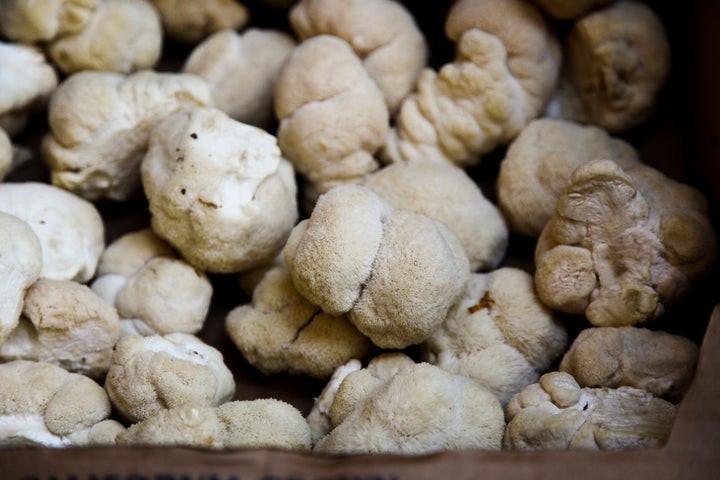
Elisa Cicinelli via Getty Images
Reservatrol
Resveratrol is a naturally occurring compound found in many plants, including grapes, berries and peanuts. Graf likes the “powerful antioxidant that helps visibly firm and reduce the look of wrinkles” as a retinol alternative because it “can help make your skin smoother, improve pigmentation, and increase your skin’s elasticity.” However, she noted, it “will work differently [than retinol] and have different effects.”
Sea Buckthorn
“Sea buckthorn is a plant that contains high levels of vitamins A and C, which makes it a great ingredient for stimulating collagen production, combating signs of aging and brightening and evening out skin tone, similar to retinol. It also helps regulate oil production and moisturize the skin,” Engelman said. “Unlike retinol, sea buckthorn is safe and gentle enough for all skin types to use. However, used alone, sea buckthorn will not work as quickly or effectively as retinol to address signs of aging or cellular damage.”
Looking for a great retinol product? These are the strongest ones you can get over the counter.
HuffPost and its publishing partners may receive a commission from some purchases made via links on this page. Every item is independently curated by the HuffPost Shopping team. Prices and availability are subject to change.
Medik8 Crystal Retinal 20 (0.2% retinal)
This cream is the highest run on Medik8’s Crystal Retinal ladder, boasting 0.2% retinal (if you’re wondering about the difference between retinol and retinal, read this). It’s for the most advanced skin care lovers and has double the concentration of the previous highest strength. It’s as good as it gets.
SkinCeuticals Retinol 1.0 maximum strength refining night cream (1.0% retinol)
In previous HuffPost reporting, Dr. Deanne Mraz, a board-certified dermatologist at Modern Dermatology in Connecticut and an assistant clinical professor of dermatology at Yale School of Medicine, thinks the varying retinol strengths available make this cream a great option for “anyone who needs to downshift to a gentler strength in the cold, dry winter months and turn up the volume [spring through fall].”
SkinBetter Science AlphaRet overnight cream (1.0% retinol)
Youth To The People Retinal + Niacinamide Youth Serum (0.15% retinal)
This highly-rated and oft-reviewed serum utilizes retinal, niacinamide and ceramides to not only improve the look and feel of skin texture and and common signs of aging, but also reinforce the skin’s barrier, smooth skin, even tone and moisturize. It’s a powerhouse combo in the form of a lightweight serum that won’t feel heavy. It contains .15% retinal, significantly more than most traditional retinol-based products on the market.
A313 cream (0.12% retinol)
Amazon reviewer Jessica said she “ordered this after hearing about it from an aesthetician. It has a vaseline-type texture when it goes on. So a little goes a long way. You can definitely feel it tingling after you put it on. It works, but I personally cannot use it more than 2-3 times per week or my skin gets irritated. When I use it regularly, my hyperpigmentation is much better and so are my fine lines and wrinkles. It is definitely worth a try, but if you have sensitive skin, I recommend you start with a small amount and only once or twice a week at most!”
La Roche-Posay Effaclar Adapalene Gel 0.1% Retinoid Acne Treatment (0.1% retinol)
This popular and affordable La Roche-Posay treatment is made with adapalene, a prescription-strength retinoid that is primarily used to treat acne, but also has all the other benefits of a traditional retinol. It’s incredibly effective and one of only two FDA-approved prescription-strength retinoid acne treatments, along with Differin, that can be purchased over the counter. I used adapalene for years before switching to retinol and tretinoin and found it to be incredibly effective.
Avène Retrinal 0.1 Intensive cream (0.1% retinaldehyde)
Differin adapalene gel 0.1% acne treatment (0.1% adapalene)
Naturium Retinaldehyde cream serum (0.1% retinal)
Allies of Skin Retinal & Peptides Repair night cream (.05% retinaldehyde)
This cream harnesses the power of retinal in combination with peptides, antioxidants and botanicals to nourish the skin while deeply infusing it with all the benefits of powerful, high-quality retinal. It’s uniquely balanced to be as effective as possible while also being gentle on the skin, making it a great option for those with sensitive skin who want to dip their toes into the strong retinol waters.

